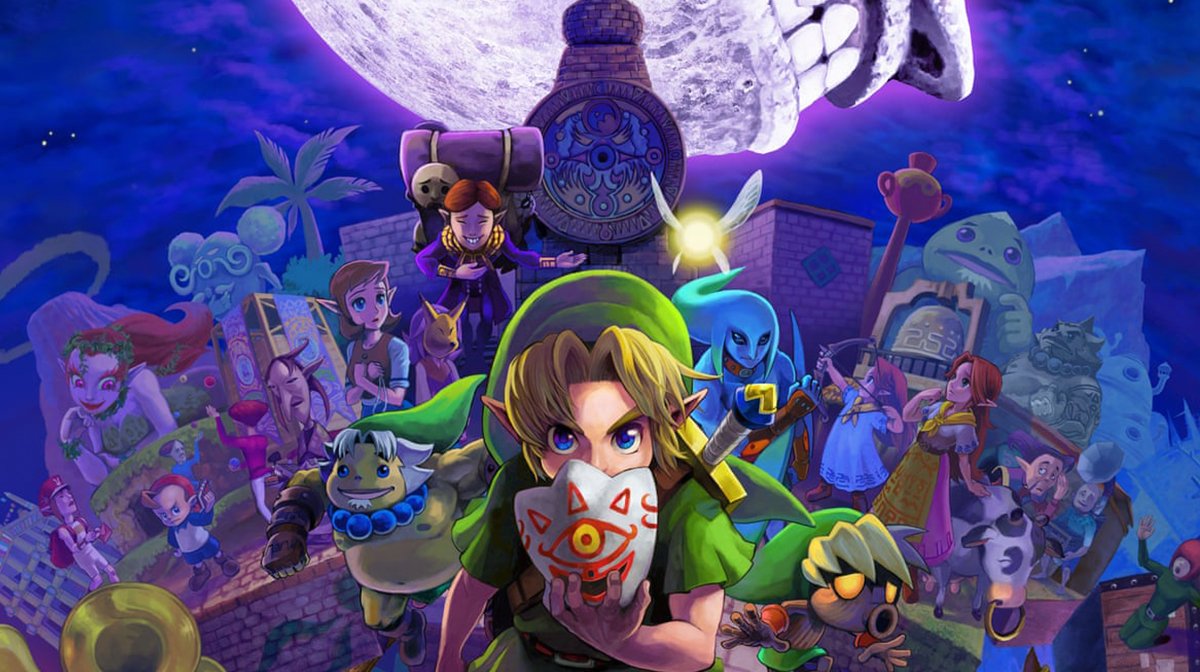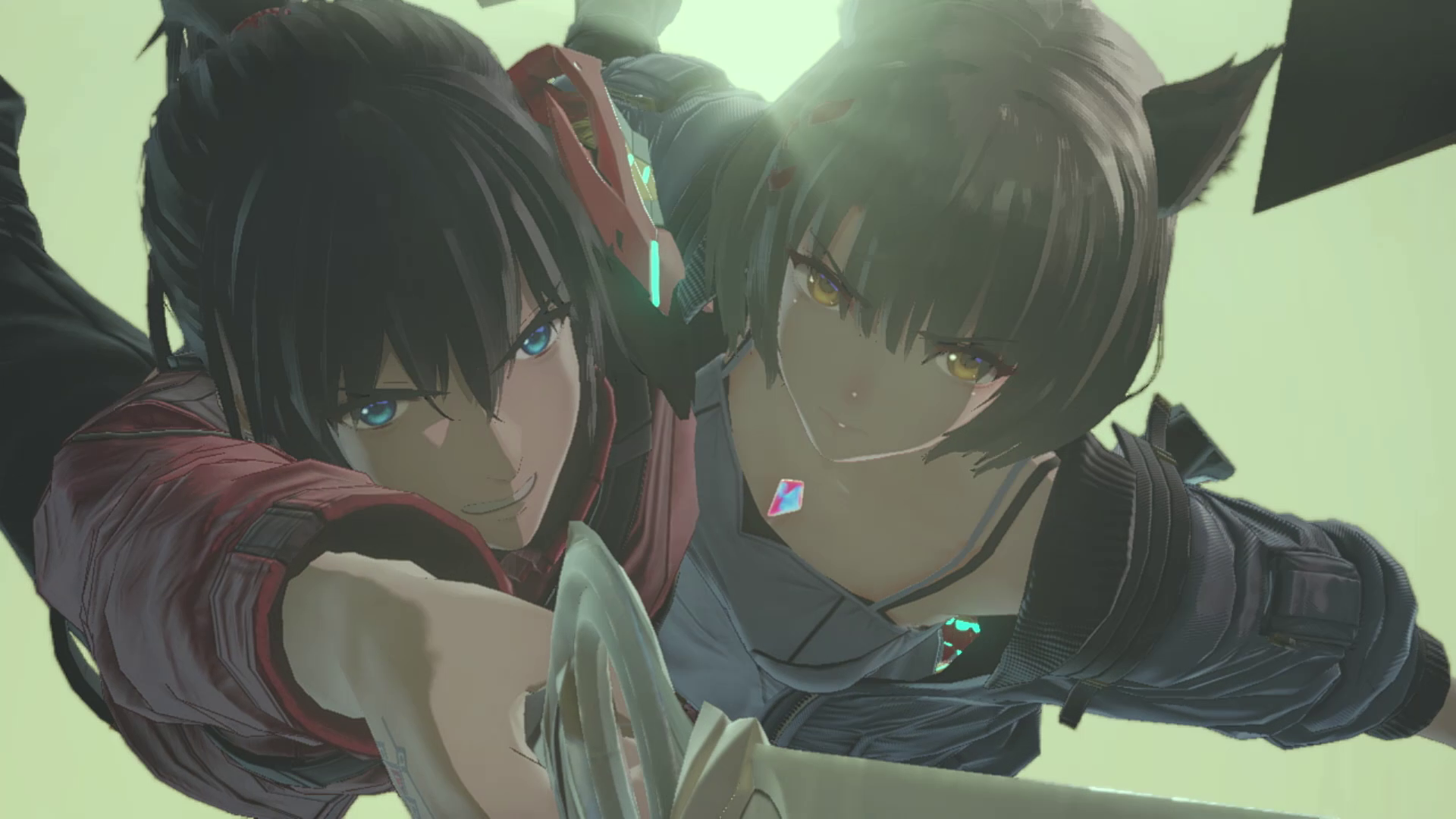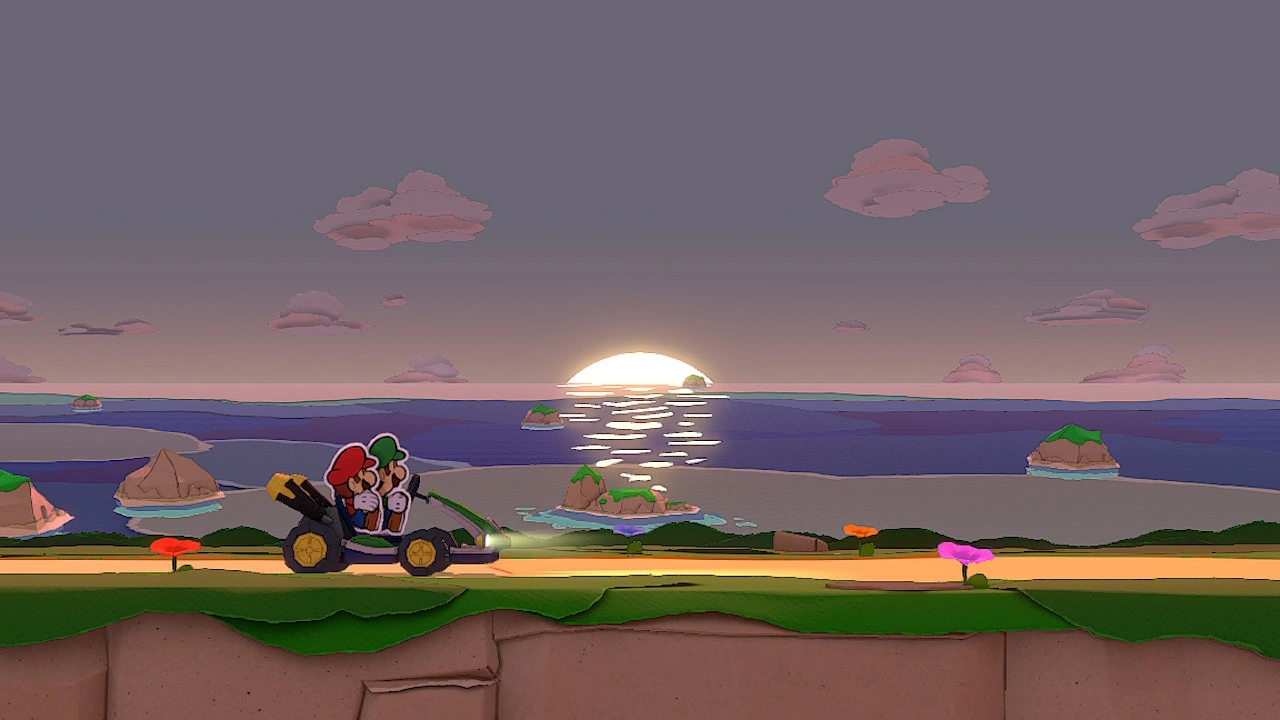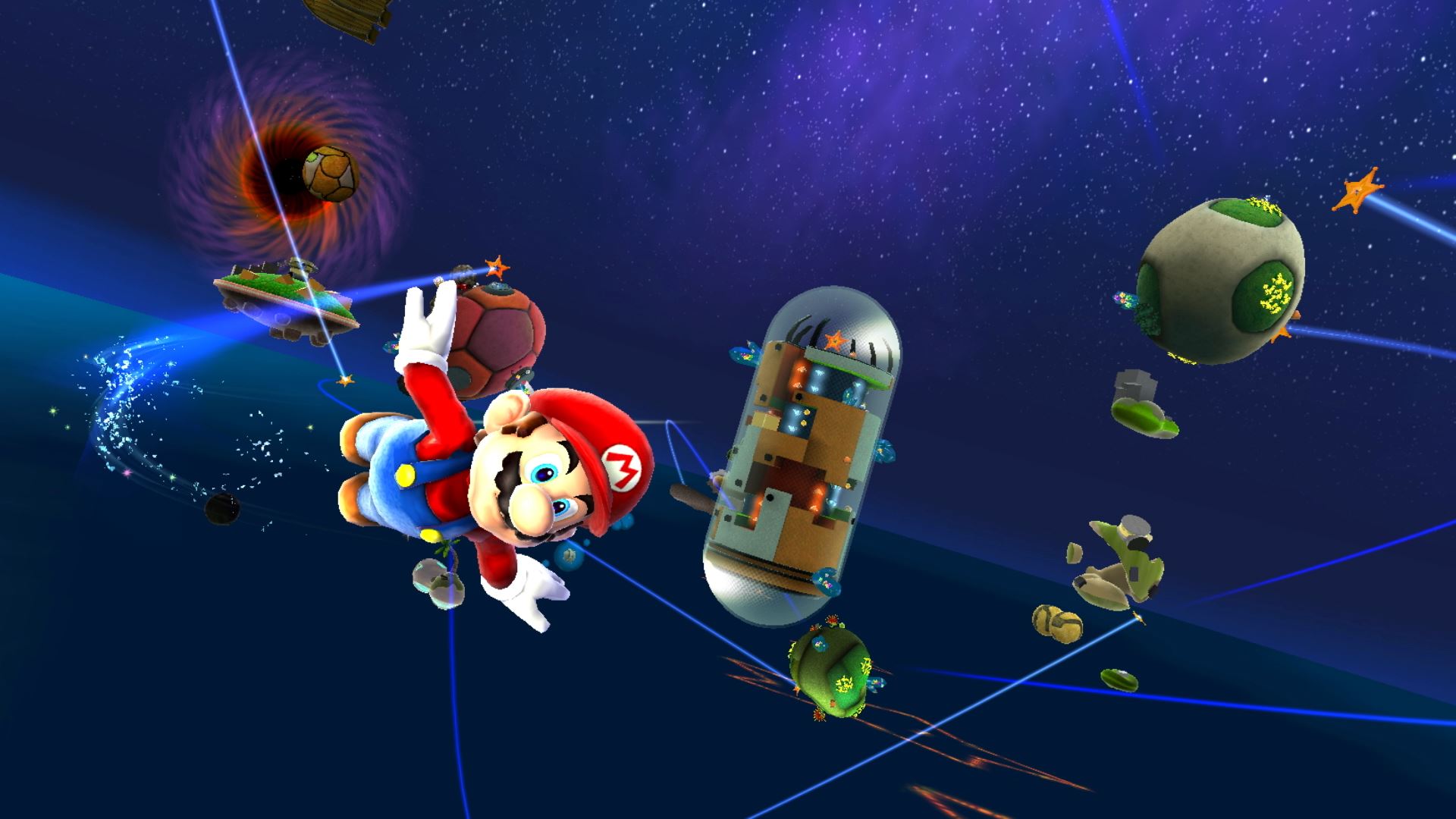Top 5 saddest Nintendo endings of all time
Today, we’re going over five of the saddest Nintendo endings of all time. As an important note, we’re only covering endings for games we’ve played, so if you can think of one that’s not on the list, feel free to share it with us in the comments down below.
For the most part, Nintendo is known for producing happy, feel-good games. Things like Mario and Kirby come to mind most here – just about all of their games end with a dramatic final boss fight, but a happy ending for the characters and world otherwise. That being said, some Nintendo games aren’t all kittens and rainbows at the end. Though far and few between, some of Nintendo’s sadder endings hit hard – and we’ve included five of the saddest Nintendo endings right here. Spoilers ahead!
The Legend of Zelda: Majora’s Mask

Majora’s Mask is generally one of Nintendo’s creepier games, and this is through all the way through – not just at the ending. At first glance, you may be wondering why we included this game here. Link saves Termina and everyone is happy, right? What makes Majora’s Mask one of the saddest Nintendo endings isn’t necessarily what we see happen, but what we don’t see happen. The game starts directly after Ocarina of Time. In the ending of that game, Navi inexplicably leaves Link at the end, flying upward toward the Temple of Time never to be seen again. Some say that Navi actually fades away and “dies” when that happens, but we don’t have official confirmation of that. In any case, Link heads to the Lost Woods in search of his beloved companion, and it’s there that he’s ambushed by the Skull Kid, leading to his adventure in Termina. Though he does successfully save the land from impending doom, he never finds Navi – and thus heads back home through the Lost Woods.
If you’ve played The Legend of Zelda: Twilight Princess, you might know the Hero’s Spirit character. This is actually the same Link from Ocarina of Time and Majora’s Mask, and he’s full of regrets because no one ever remembered him as a hero after the events of both games. Worse still is that a side quest in Ocarina of Time tells you those who stay in the Lost Woods for too long eventually become Stalfos. The Hero’s Spirit is a Stalfos, which implies Link got lost in the Lost Woods after the events of Majora’s Mask and became a Stalfos full of regrets from when he was still alive. That’s horrible!
Mother 3

This is one of the most infamous saddest Nintendo endings of all time. At the very end of Mother 3, Lucas confronts Claus, who has been brainwashed by Porky for the events of the game. Thanks to the spirit of his late mother, Lucas gets through to him, and Claus responds by firing a thunderbolt at Lucas. His equipped Franklin Badge reflects the lightning back at Claus, killing him. It turns out, this is unfortunately what he wanted – to “go to where mom is now”. Claus passes away in Lucas’ arms, and he’s left to pull the final of seven Needles, which are said to awaken a Dark Dragon and reform the world. There’s a lot to the lore of Mother 3 – too much to describe here – so we’re summarizing it as quick as we can.
When Lucas pulls the Needle, the Dark Dragon does indeed awaken. You’re then “treated” to a cutscene where every single location you’ve visited in the game gets destroyed. There are earthquakes, tornadoes, fires, and much more absolutely ravaging the land. After that’s all said and done, all you get is… a black screen. And eventually, dialogue from the characters confirming they’re okay or alive in some form. But we never see what form that is, which leaves a lot of players confused or saddened.
Xenoblade Chronicles 3

To an extent, the ending of every Xenoblade Chronicles game is sad, but this one absolutely takes the cake. It’s one of the saddest Nintendo endings, but in a bittersweet way. Noah, Mio, and the Ouroboros party successfully defeat Z and reactivate Origin. What the player doesn’t immediately realize, however, is that entails the Keves and Agnus members separating as the two separate worlds are recreated. With no guarantee that they’ll ever see each other again, Noah and Mio say their goodbyes as the two worlds drift apart. The game then ends with Noah in a Kevesi town celebrating fireworks with Eunie and Lanz as children, showing that the entirety of Xenoblade Chronicles 3 took place within a single second of real-world time. Noah does at least seem to have some lingering memories of his time in Aionios, shown by his reaction to Mio’s flute playing in the background.
Fortunately, the ending of the Future Redeemed DLC tells us that the two worlds did separate for a short while before recombining again. Though we never see any of the Ouroboros reunite with each other (nor do we know exactly how many memories they retain from Aionios), we do at least have confirmation that they live in the same world. Whether any of them see each other again has yet to be determined. Hopefully we’ll find out in Xenoblade Chronicles 4, though we’d assume that will cover new characters. If this lore is interesting to you, check out our post on Xenoblade Chronicles 3’s story.
Paper Mario: The Origami King

Nintendo did not need to do what they did with Paper Mario: The Origami King. Its marketing said things like “join Mario for his wackiest adventure yet!” and then it’s one of the saddest Nintendo endings in recent history. Not to mention Bobby sacrificing himself to save Olivia halfway through the game. The ending of The Origami King isn’t any happier, either. Mario and Olivia manage to defeat Olly, who then folds himself into the final crane for the 1,000 Cranes technique in order to grant Olivia a wish. After staring at Mario for a moment for some reason, she wishes “for all the origami folded by my brother to be undone”. Indeed, this saves the Mushroom Kingdom from all of Olly’s minions and buildings, but the problem is that Olivia herself was folded by Olly – which means she disappears too without so much as a goodbye. Did she know this would happen? Was it an accident? It’s hard to say, but the way she looks at Mario before she makes the wish very subtly implies she may know what she did. But why would she do that?!
It’s important to note that Super Paper Mario generally has a much richer plot than The Origami King, Its ending is sad in a way too, but because Tippi and Count Bleck find love and remain alive, we figure The Origami King’s ending is technically sadder relative to the rest of its story – especially given that the modern Paper Mario series (Sticker Star, Color Splash, Origami King) tends to forgo the more serious moments seen in previous games in the series.
Super Mario Galaxy

Maybe not quite as sad as the other games listed here, but Super Mario Galaxy definitely has an interesting message. It’s a surprisingly profound message for being a Mario game, too. After defeating Bowser, his galaxy reactor explodes into a black hole, prompting all of the world’s Lumas – including the one in Mario’s hat – to sacrifice themselves to save the rest of the world from the galaxy reactor’s destruction. If you played this game as a kid, seeing all the Lumas sacrifice themselves probably made you sad. They’re gone forever, too, since Rosalina follows up with an explanation that the world runs in cycles and that even when things get destroyed, all will eventually be recreated anew. We’d definitely like to see more thoughtful endings to Mario games like this one!
As we mentioned before, we only included games in this list that we’ve personally played from start to finish. There are many other candidates for saddest Nintendo endings, particularly Pokemon Mystery Dungeon, Fire Emblem Awakening, Link’s Awakening, Super Paper Mario, and much more. What do you think is the saddest Nintendo ending? We technically mean games produced or published by Nintendo, but if the game you’re thinking of is a non-Nintendo-produced game on a Nintendo platform, that works too. Feel free to share your thoughts with us below.
